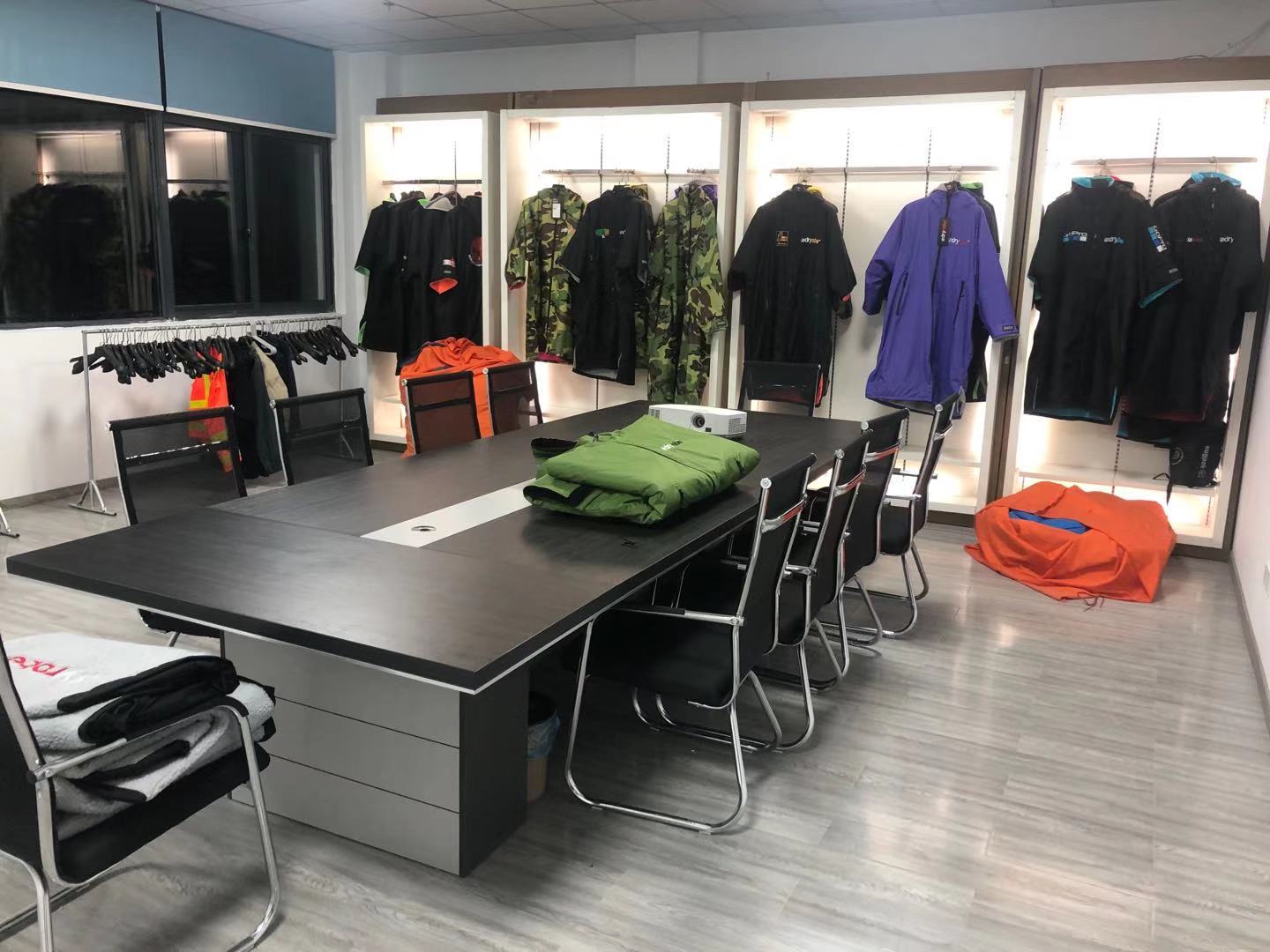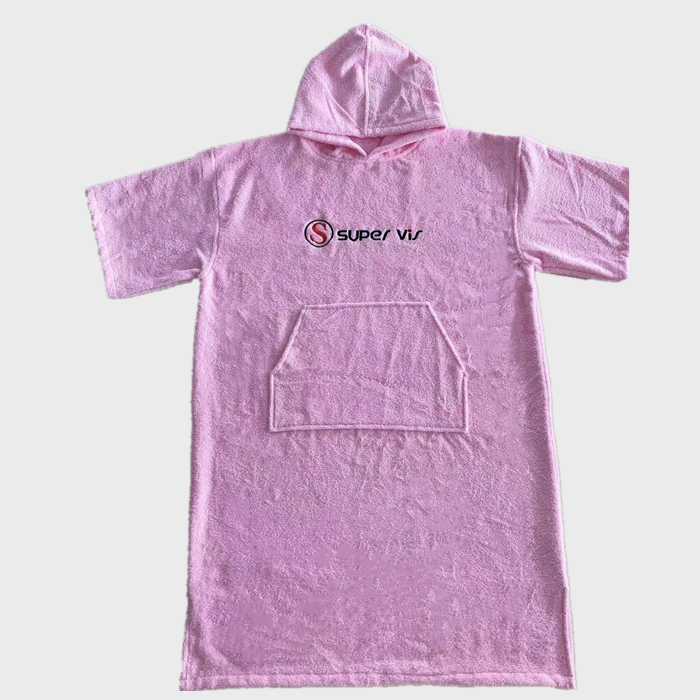In 1999, Beijing Linguo introduced a new variety of early peaches known as the "unripe peach line" and successfully cultivated it in a vegetable sunlight greenhouse. The seedlings were planted at the end of May after the cucumber harvest. After 11 months of careful management, fresh peaches became available for sale in April and May 2000, yielding significant economic and social benefits. This variety exhibited strong tree vigor, with abundant fruit production in the second year. The fruits were flat and round, averaging about 105 grams each, with some reaching up to 205 grams. The skin was yellow-white with a bright red blush, and the fruit had excellent quality and high market value. In a 450-square-meter greenhouse, the yield reached 1,652 kilograms, generating an income of 35,528 yuan. After deducting costs, the net profit was 33,428 yuan. Below are the main cultivation techniques used.
1. **Greenhouse Structure**: The solar greenhouse was approximately 60 meters long from east to west and 7.5 meters wide from north to south. The walls on the east, west, and north sides were hollow bricks, 24 centimeters thick, coated with sand and ash on both sides. The northern wall stood 1.8 meters high, while the ridge reached 3.0 meters. The back slope was constructed using traditional methods, with wooden posts and cement columns. The front slope was a column-free structure made of reinforced steel. The roof was covered with plastic film without a drip sheet, and grass curtains were used for insulation.
2. **Nutrient Bag Seedlings**: Before transplanting the peach seedlings, a small arch shed was built to grow them in nutrient bags. In mid to late March, garden soil, sandy soil, and decomposed manure were mixed in equal parts (1/2 garden soil, 1/4 sandy soil, 1/4 decomposed fertilizer). These were placed in cement or plastic bags with cut corners, and one seedling was planted per bag. After filling the soil around the roots, the bags were neatly arranged, and bamboo poles were inserted to form an arch. A plastic cover was placed over the structure, with straw mats used for insulation at night.
3. **Height Adjustment**: Once the nutrient bag seedlings were dry, their height was adjusted based on their position in the greenhouse. The southernmost row was set at 25 cm, with 3-5 full shoots pruned. Each subsequent row was raised by 5 cm, with the northernmost plants not exceeding 55 cm in height. This ensured even growth and efficient space utilization.
4. **Temperature and Humidity Control**: After planting, the temperature was carefully managed. In the first week, the maximum temperature was kept below 20°C, and the minimum above 5°C, with humidity between 80% and 90%. By the second week, temperatures rose slightly to 22°C max and 7°C min, with humidity reduced to 70%-80%. By the third week, temperatures increased to 25°C max and 10°C min, with humidity dropping to 60%-70%. After the fifth week, the temperature was maintained between 15°C and 25°C, with ventilation used when it exceeded 25°C. Humidity was kept at 50%-60%, and watering was done only when necessary. At night, straw curtains were used to maintain warmth, and they were removed once the temperature stabilized above 10°C, followed by a 10-day ventilation period before planting.
5. **Transplanting Seedlings**: At the end of May, after the cucumber harvest, the large seedlings were transplanted. Two days before planting, the greenhouse was cleaned and sterilized with high heat. Approximately 15,000–20,000 kg of well-decomposed farmyard manure was spread over 667 square meters, then deeply tilled to a depth of about 20 cm. Peach seedlings were planted at 1 meter x 1 meter spacing, with holes dug 30 cm in diameter and 30 cm deep. The seedlings were carefully removed before planting.
6. **Water and Fertilizer Management**: After transplanting, the seedlings were watered thoroughly to ensure survival. Watering was done every half month, with water control starting in mid-July. Frozen water was applied before winter, and germinating water was given in the spring. Water was provided before flowering, after flowering, and during fruit development. Top dressing was applied twice a year: 150 grams of urea and 1 kg of organic fertilizer liquid in mid-June, and 400 grams of multi-component fertilizer in early July. The following year, 200 grams of multi-element fertilizer plus 100 grams of urea was applied before flowering, and 300–400 grams of potassium sulfate compound fertilizer was used after fruit set.
7. **Pruning Techniques**: Pruning began when the shoots reached 25–30 cm, with the tip pinched back. When the second shoot grew to the same length, another pinch was done. New shoots were left in open spaces, and unnecessary branches were removed promptly. Each tree should have 30–40 branches. Winter pruning focused on thinning, leaving 15–20 shoots per plant. The next year, when new shoots reached 15–20 cm, they were pinched again, and the second tip was removed when they reached the same length. During fruit coloring, surrounding leaves were removed to improve fruit color. After harvesting, the branches were pruned and prepared for transplanting.
100% cotton Surf Poncho, 100% polyester surf poncho, recycled waffle towel robe, dry robe poncho are all available.
We support sample to check the quality first.
We support sample to check the quality first.
Our towel poncho features:
1. soft big hood
2. kangaroo pocket at the front
3. customized design and logo


Custom Surf Poncho,Customized Logo Surf Poncho,Print Logo Dry Poncho,Kids Cartoon Swim Poncho
Suzhou Golden Gamrnet MFG Co.,Ltd , https://www.svchangerobe.com